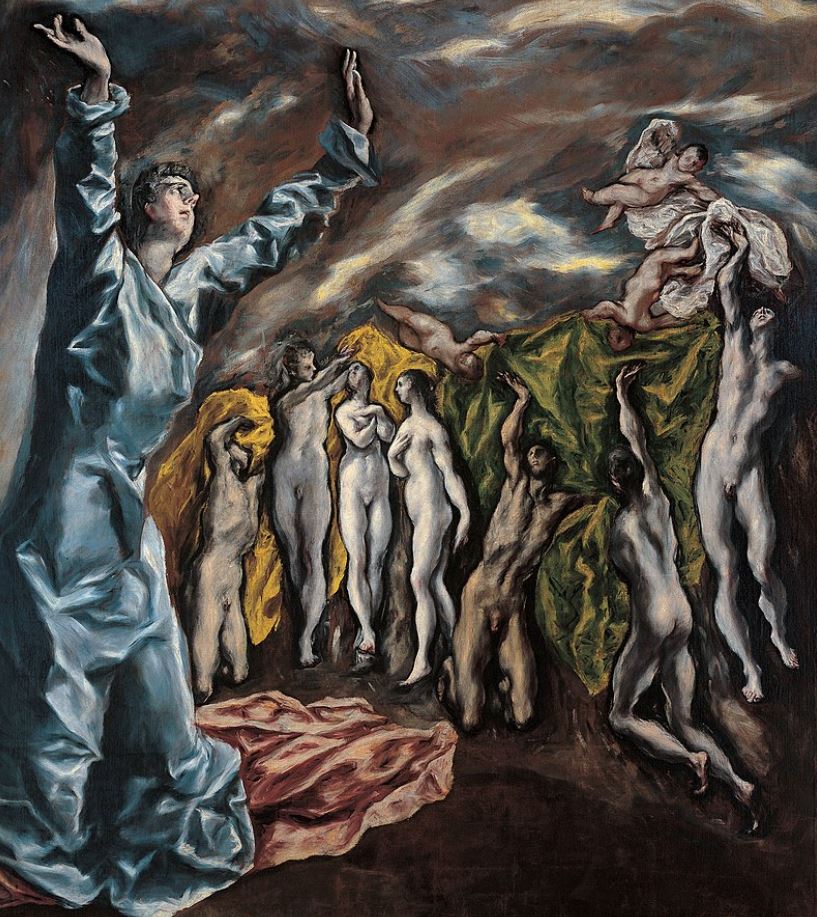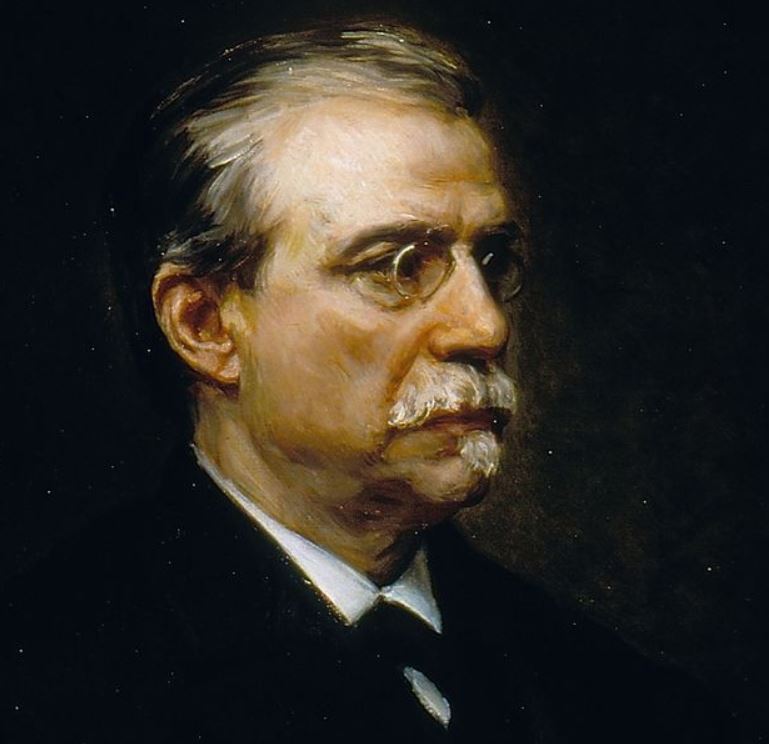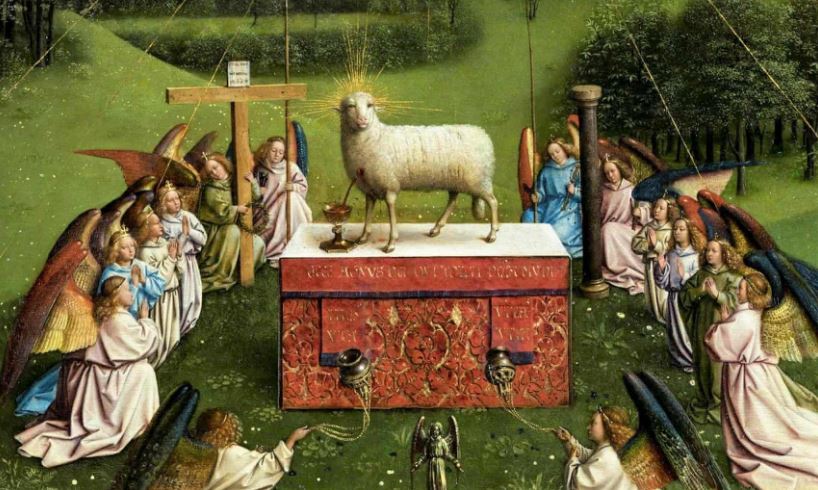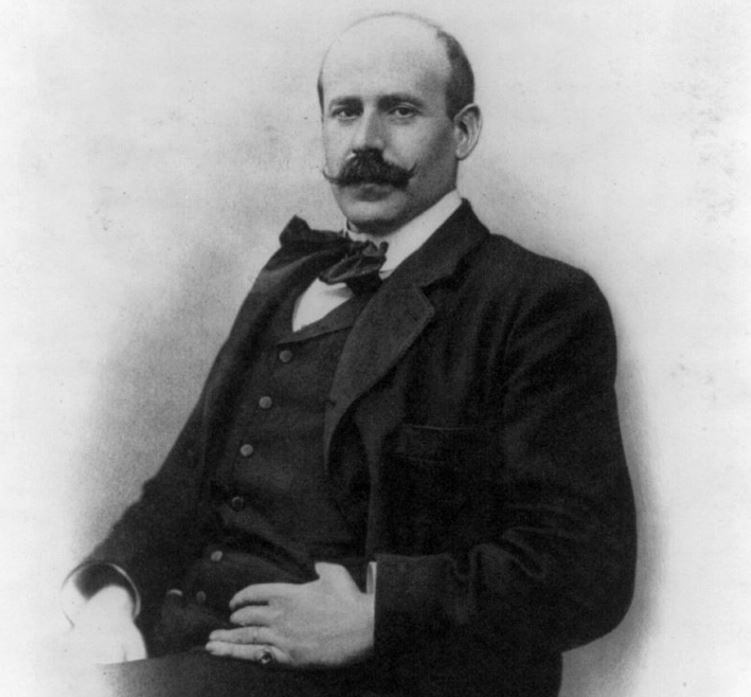One of the most remarkable paintings of a Greek-born painter of the late Spanish Renaissance was also one of his final works.
Doménikos Theotokópoulos (1541-1614), better known by his nickname “El Greco,” created some unique and influential paintings during his career, and this work is a prime example of the artist’s creativity.
Let’s take a closer look at some of the most interesting facts about “Opening of the Fifth Seal” by El Greco, one of the artist’s amazing masterpieces.
1. It was painted for a church in Toledo, Spain
The Opening of the Fifth Seal was part of a commission to decorate the side-altar of the church of the hospital of Saint John the Baptist in Toledo, Spain. This building is known as the “Hospital de Tavera” and is located just outside of the city’s walls.
Thie Renaissance-style building was built between 1541 and 1603, which means that it was only recently finished when El Greco started working on the painting in 1608.
El Greco worked on the oil on canvas altarpiece from 1608 until he died in 1614.

2. It’s unclear whether or not this is the painting’s real name
The painting is believed to depict a scene from the Book of Revelation 6:9–11. The figures in the background represent martyrs and are crying out for justice against their persecutors on earth.
The naked figures are given white robes, a sign of salvation. The background looks gloomy and chaotic and was painted in the same style as El Greco’s masterpiece “View of Toledo” which depicts his hometown.
What’s remarkable about this painting is that before 1908, this painting was known as “Profane Love.” Today, it’s also sometimes referred to as “The Fifth Seal of the Apocalypse.”
An alternative name of the painting is “The Vision of Saint John,” a reference to the figure of Saint John the Baptist who dominates the left part of the painting.

3. A large part of the painting was cut during a 19th-century restoration
The moment you look at the painting it becomes clear that something’s missing. Saint John on the left appears to be pointing and looking nowhere in the sky, and there’s a very good reason for that.
During the second half of the 19th century, the painting was owned by Spanish Prime Minister Antonio Cánovas del Castillo (1828-1897). The colors of the nearly 3 century-old painting had clearly faded by then.
That’s why Cánovas attempted to have the painting restored in 1880 which lead to at least 175 centimeters (68.9 inches) of the upper part of the painting being cut.
Unfortunately, this upper part was lost during this restoration which means we’re pretty much looking at half a painting.

4. The upper part might have resembled another work by El Greco
The main reason why the painting was referred to as “Profane Love” before the 20th century is because it was assumed that the work had a dual meaning.
The lower part that we can see now supposedly represented “Profane Love,” which means that the upper part could have represented “Divine Love.”
If that’s the case then some historians assume that it might have looked like another partial work by El Greco known as “Concert of Angels,” a painting that dates back to around the same period in 1608.

5. The painting can be admired in a famous museum in New York City
The painting changed hands a couple of times following the assassination of Prime Minister Cánovas in 1897. It was first sold for merely 1,000 Pesetas and eventually ended up in one of the most famous museums in the world.
The painting is part of the collection of the Metropolitan Museum of Art ( MET) in New York City in 1956. It’s described as “The Vision of Saint John” and hangs right next to the artist’s self-portrait.

More interesting facts about Opening of the Fifth Seal by El Greco
6. As you can see from the picture inside the museum, the painting is relatively large, especially because nearly half of it is missing. That’s because it was commissioned to decorate an entire altar wall in the church in Toledo.
The oil on canvas painting has dimensions of 224.8 × 199.4 centimeters (88.5 × 78.5 inches).
7. Even though some sources suggest that the dual nature of the painting represents Profane Love and Divine Love, there’s an alternative version of what the upper part might have depicted as well.
This revolves around the sacrificial lamb opening the Fifth Seal. This means it could have looked similar to the central panel of the Ghent Altarpiece. This is also why the painting was given its current name.

8. The painting was bought for just 1,000 pesetas in the late 19th-century by Spanish painter Ignacio Zuloaga (1870-1945). That’s the equivalent of just $200, a fraction of what the work is worth today.
That’s mainly because El Greco was relatively unknown at the time. It’s because of Zuluoga that the oeuvre of the Greek-born artist was “rediscovered” and interest in his works grew all across Europe.
In that sense, the Opening of the Fifth Seal is one of his most important works.

9. Even though Zuloaga died in 1945, his heirs established a museum called the “Museo Zuloaga” in the Pedraza Castle in Segovia, Castilla y Leon.
It’s this museum that sold the painting to the Metropolitan Museum of Art in New York in 1956.
10. Zuloaga was a friend of one of the most famous artists in history, Pablo Picasso (1881-1973). Picasso was certainly shown El Greco’s painting at the beginning of the 20th century during a visit to Paris.
Because of the similarities in composition and style in which the figures were painted by the Cubist artist, it has been suggested that it formed the inspiration of one of Picasso’s most famous works known as “Les Demoiselles d’Avignon” (1907).
This painting is part of the collection of the Museum of Modern Art in New York City and is considered to be the most expensive painting in museums today!



